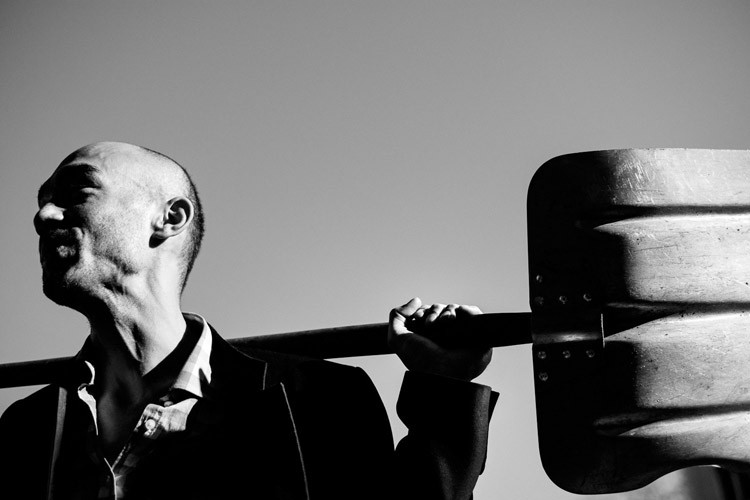
(Also, play with the whites and blacks, as well!)įor my example portrait edit, the overall exposure is decent, but my model’s skin tone is a little too light, and her hair and the background are too dark. Go ahead and experiment, though a common adjustment is to boost the shadows while dropping the highlights. I recommend adjusting the Highlights and Shadows sliders until you get a nice result. Then take a careful look at your portrait subject’s skin tones, hair, and background. If your image is overexposed, simply drop the Exposure slider (and if the image is underexposed, do the reverse!). If you’ve taken your shot correctly, you should have a relatively well-exposed shot, but it always pays to check the histogram to be sure you should have zero peaks pressed up against the walls of the graph, and unless the image is meant to feature lots of darks and/or lights, the curve should be balanced throughout the histogram. The next step in Lightroom portrait editing? Exposure and tonal adjustments. Step 3: Adjust exposure, highlights, and shadows

Once you have imported your file, go to the Lightroom Develop module.Ĭorrect the white balance. Go to Develop Settings> User Presets, then click on the preset you wish to apply.)

(To apply a preset on import, go to the righthand panel in Lightroom and find the Apply During Import tab. In case you’re interested in trying out my portrait sharpening preset for yourself, here are the details: I often apply a sharpening preset upon import, which gives my RAW images a bit of extra pop and cuts down my editing time significantly when I’m working with a large number of images at once. Start by importing your image into Lightroom (or your post-processing program of choice). Make sense? Step 1: Import your portrait for editing

That’s absolutely okay! Just bear in mind that, even where your technique changes, the overall step-by-step process should remain the same. One more thing: Every photo is different, and while I’ve selected a standard portrait shot as an example, you may need to make tweaks to my editing process as you go along. Lightroom is my personal favorite program, and I do recommend it for beginners, but you should be able to follow along with my instructions regardless of your software. Any full-fledged editing software will work, including Capture One, ON1 PhotoRAW, ACDSee, Luminar, and more. Now, you don’t absolutely need Lightroom to edit your portraits.

Below, I’ve shared my entire system, which will take your photos from “Before” to “After”: You see, I’ve spent plenty of time learning how to edit portraits in Lightroom, and I’ve developed a simple, 11-step process for beautiful results. That’s where this article comes in handy. If you want to take your portraits to the next level, you must master editing – but getting started with portrait edits can be overwhelming and confusing, especially for a beginner.


 0 kommentar(er)
0 kommentar(er)
